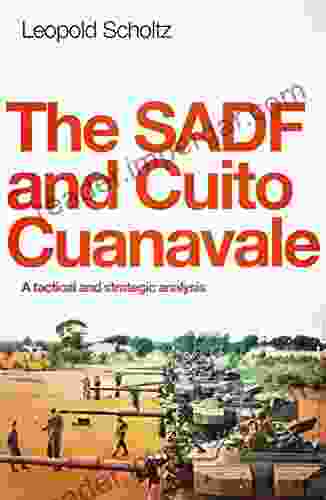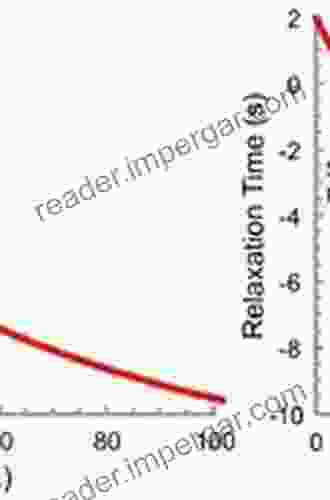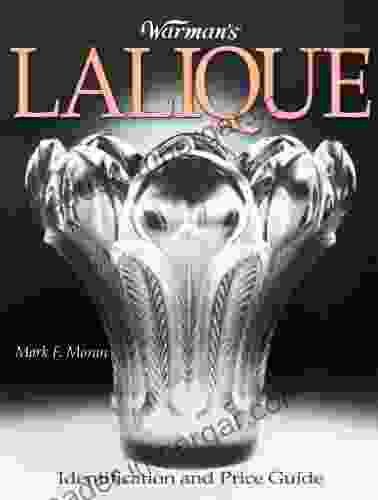Viscosity and Relaxation: Unraveling the Mysteries of Liquid Behavior

Viscosity and relaxation are fundamental properties of liquids that govern their flow and deformation characteristics. They have a profound impact on a wide range of applications, from the design of fluid transport systems to the development of new materials. In this article, we will delve into the fascinating world of viscosity and relaxation, exploring their physical origins, measurement techniques, and practical applications.
Viscosity is a measure of the resistance of a fluid to flow. It arises from the intermolecular forces between the molecules of the fluid. When a force is applied to a fluid, the molecules experience friction as they move past each other, resulting in a resistance to flow. The higher the viscosity of a fluid, the greater the resistance to flow.
There are two main types of viscosity:
Dynamic viscosity (μ) measures the resistance to flow when a force is applied in the same direction as the flow. It is expressed in units of Pa⋅s (Pascal seconds).
Kinematic viscosity (ν) is the ratio of dynamic viscosity to density. It measures the resistance to flow under the influence of gravity. It is expressed in units of m2/s (square meters per second).
The viscosity of a fluid is influenced by several factors, including:
Temperature: Viscosity generally decreases with increasing temperature as the intermolecular forces weaken.
Pressure: Viscosity typically increases with increasing pressure as the molecules become more closely packed.
Molecular structure: Fluids with larger and more complex molecules tend to have higher viscosities.
Various techniques can be used to measure the viscosity of fluids, including:
Viscometers: Capillary viscometers and rotational viscometers measure the time it takes for a fluid to flow through a capillary or the torque required to rotate a spindle in the fluid, respectively.
Rheometers: Rheometers apply controlled shear forces to a fluid and measure the resulting deformation to determine its viscosity.
Relaxation is a process by which a fluid returns to its equilibrium state after being subjected to an external force. It is characterized by a time-dependent reduction in stress or deformation as the fluid gradually regains its original configuration.
There are two main types of relaxation:
Stress relaxation occurs when a constant strain is applied to a fluid, and the resulting stress gradually decays over time.
Creep occurs when a constant stress is applied to a fluid, and the resulting strain gradually increases over time.
The relaxation time of a fluid is influenced by several factors, including:
Viscosity: Fluids with higher viscosities have longer relaxation times.
Temperature: Relaxation times typically increase with decreasing temperature as the intermolecular forces become stronger.
Molecular structure: Fluids with more complex molecular structures have longer relaxation times.
Viscosity and relaxation find applications in a wide range of fields, including:
Fluid transport: Designing pipelines and pumps for efficient fluid flow.
Lubrication: Developing lubricants to reduce friction and wear in mechanical systems.
Polymer processing: Controlling the flow and deformation of polymers during manufacturing.
Food science: Understanding the rheological properties of food products for quality control and processing optimization.
Biophysics: Investigating the viscoelastic properties of biological tissues for disease diagnosis and treatment.
Viscosity and relaxation are fundamental properties of liquids that play a crucial role in their flow and deformation behavior. Understanding these properties is essential for designing and optimizing fluid systems in a wide range of applications. The advancements in measurement techniques and theoretical models have significantly enhanced our knowledge of viscosity and relaxation, providing valuable insights into the behavior of liquids at the molecular level.
Bird, R. B., Armstrong, R. C., & Hassager, O. (2002). Dynamics of polymeric liquids: Volume 1: fluid mechanics. John Wiley & Sons.
Ferry, J. D. (1980). Viscoelastic properties of polymers. John Wiley & Sons.
Tanner, R. I. (2000). Engineering rheology. Oxford University Press.
Do you want to contribute by writing guest posts on this blog?
Please contact us and send us a resume of previous articles that you have written.
 Book
Book Novel
Novel Page
Page Chapter
Chapter Text
Text Story
Story Genre
Genre Reader
Reader Library
Library Paperback
Paperback E-book
E-book Magazine
Magazine Newspaper
Newspaper Paragraph
Paragraph Sentence
Sentence Bookmark
Bookmark Shelf
Shelf Glossary
Glossary Bibliography
Bibliography Foreword
Foreword Preface
Preface Synopsis
Synopsis Annotation
Annotation Footnote
Footnote Manuscript
Manuscript Scroll
Scroll Codex
Codex Tome
Tome Bestseller
Bestseller Classics
Classics Library card
Library card Narrative
Narrative Biography
Biography Autobiography
Autobiography Memoir
Memoir Reference
Reference Encyclopedia
Encyclopedia Thomas Anderson
Thomas Anderson William Hague
William Hague Larry Jaffee
Larry Jaffee Lady Pannana
Lady Pannana Kiri English Hawke
Kiri English Hawke Kirk Mcknight
Kirk Mcknight Leah Day
Leah Day Molly Schiot
Molly Schiot Mandy Arioto
Mandy Arioto Le Xuan Hy
Le Xuan Hy Larry Kane
Larry Kane Larry Humes
Larry Humes Nadine Gordimer
Nadine Gordimer Lauren Ryan
Lauren Ryan Leilani Anastasia
Leilani Anastasia L Mark Peterson
L Mark Peterson Philippa Strum
Philippa Strum Mark Danner
Mark Danner Kyosuke Kogure
Kyosuke Kogure Rajni Shah
Rajni Shah
Light bulbAdvertise smarter! Our strategic ad space ensures maximum exposure. Reserve your spot today!

 Junot DíazUnlock the Power of Spreadsheets: Discover Microsoft Excel Made Easy with Rob...
Junot DíazUnlock the Power of Spreadsheets: Discover Microsoft Excel Made Easy with Rob... Dakota PowellFollow ·11k
Dakota PowellFollow ·11k Aubrey BlairFollow ·2.9k
Aubrey BlairFollow ·2.9k E.E. CummingsFollow ·5.2k
E.E. CummingsFollow ·5.2k Melvin BlairFollow ·13.6k
Melvin BlairFollow ·13.6k Darren BlairFollow ·13.3k
Darren BlairFollow ·13.3k Winston HayesFollow ·4.1k
Winston HayesFollow ·4.1k Nathaniel HawthorneFollow ·10k
Nathaniel HawthorneFollow ·10k Darius CoxFollow ·2.3k
Darius CoxFollow ·2.3k

 Gage Hayes
Gage HayesUnlocking the Secrets of History: The Republic of Laws by...
Delve into a Historical Masterpiece ...

 Chad Price
Chad PriceUnlock the Secrets of Voice Perception with the...
The human voice is a captivating and...

 Jon Reed
Jon ReedUncovering the Truth: The SADF and Cuito Cuanavale
The South...

 Eli Brooks
Eli BrooksAdaptations Of Literature And Fiction On The Airwaves: A...
The allure of literature and...

 Cason Cox
Cason CoxUnveiling the Past: A Comprehensive Guide to Modern...
History, the...












